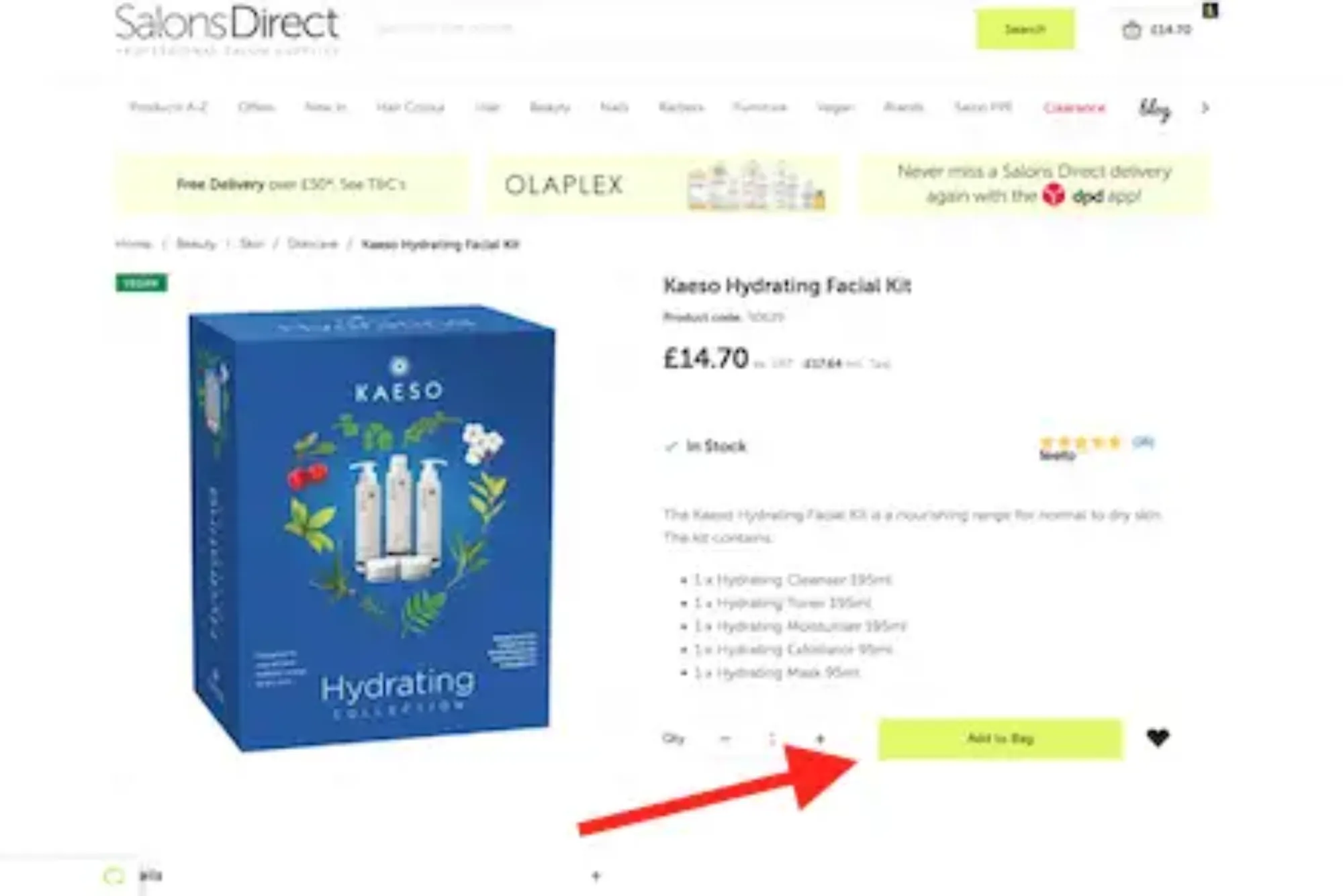Slot machines (both online and land-based video formats) have evolved from simple three-reel fruit games into complex, layered entertainment engines. A single spin today can seed several parallel reward paths: free spin batches, progressive jackpot contributions, persistent trail upgrades, cash collect features, symbol storage, and even meta-missions that only unlock later sessions. The natural question I often get from readers is: Can one visible set of reels actually carry and deliver multiple bonuses at once—or is it just marketing smoke? The answer is yes, but with important mechanical distinctions. This guide unpacks how reels host overlapping bonus systems, how to spot true multi-feature potential, and how to assess value rather than pure hype.
What “Multiple Bonuses” Really Means
Before we get into code-like logic, we need clarity on terminology. A “bonus” is no longer limited to the classic scatter-triggered free spin round. Modern studios break bonuses into feature classes: (1) primary episodic features (free spins, respins, pick rounds), (2) persistent state engines (collect meters, symbol upgrades, trail ladders), (3) random overlay events (lightning strikes, reel modifiers), (4) progressive or fixed jackpots, (5) side-bet or ante-based enhancers, and (6) promotional layer bonuses (tournaments, missions, prize drops). A single spin can advance or trigger several of these layers simultaneously. When people ask “Can reels carry multiple bonuses?” they’re usually observing stacked feature symbols, dual meters, or post-spin cascades that chain into a secondary mode.
In practice, reels “carry” multi-bonus capability through data structures the player never sees: arrays that track collected tokens, counters for symbol types, flags for locked states, and probability tables that recalc in real time. In ecosystems crowded with launches—especially among new casinos uk where differentiation pressure is high—developers lean into multi-feature frameworks to increase engagement minutes without inflating raw RTP beyond regulatory or commercial tolerance.
Architectural Layers Behind Multi-Bonus Reels
At development level, multi-bonus reels rely on modular feature controllers. Each controller listens for symbol events (landed indexes, scatter counts, win lines, cascade depth). Controllers publish to a master state manager that arbitrates simultaneous triggers. For example, a spin might (a) complete a third scatter to unlock 10 free spins and (b) fill a coin collect meter awarding an instant mini-jackpot and (c) produce a wild expansion event applied before cascade resolution. The sequence ordering matters: expansion may change the final grid, which updates win evaluation, which then updates meter progress.
Event Sequencing and Priority
Studios define a deterministic order: evaluate symbol transformations (wild expansions, mystery reveals), compute line and ways wins, apply cascade/removal, update meters, check feature thresholds, then queue triggered bonuses. If multiple major bonuses trigger, one runs first (often free spins), while others either (1) run afterward, (2) layer inside (nested retriggers), or (3) persist and resume after the primary feature concludes.
State Persistence
“Carry” also means persistence across spins or sessions. Trail or collection bonuses store partial progress in a persistent object (sometimes server-side keyed to player ID). Reels visually display part of this progress via partially charged meters or locked symbols (e.g., coins with multipliers that remain sticky until feature starts). You’ll occasionally experience a “tease spin” where only one more token is needed; the design goal is anticipation without abusive frequency.
RNG Partitioning
Regulated slots hinge on certified RNG outcomes. Multi-bonus designs partition randomness: the base spin outcome, the probability of a modifier overlay, jackpot seed contributions, and separate random draws within a triggered bonus. Proper partitioning preserves theoretical return. The presence of multiple potential bonuses does not mean the RNG “tries harder” to give you one; it simply routes whichever flags are satisfied by the already-determined symbol grid plus independent side draws.
Types of Concurrent Bonus Mechanics
Layered Collect + Free Spins
Common in hold-and-spin hybrids. Example pattern: three bonus symbols trigger free spins while simultaneously the coins landed each have multipliers that transfer into a holding grid used inside the free spin feature. The initial spin thus both triggers and seeds value.
Dual Progress Tracks
One vertical meter for symbol upgrades and a horizontal meter for unlocking an expanding grid. A single spin increments both if it lands qualifying symbols. By mid-session you could be one upgrade away from enhanced paytable and one node away from extra rows, compounding volatility.
Jackpot + Feature Overlap
Progressive or mystery jackpots accrue contributions every wager. During the same spin that triggers free spins, a separate random jackpot selection event can independently trigger. Some frameworks allow jackpot picks to interrupt base play, award, then start the free spins—creating the perception of a “double bonus.”
Modifier Stacks
Reel modifiers (nudge, wild reel, symbol duplication, mega symbol) can be scheduled in a queue. The base spin triggers multiple modifiers; they apply sequentially, each changing the grid before final evaluation. It feels like multiple bonuses because the screen animates through several value inflection points.
Cash Collect with Overlay Multipliers
Coins land with credit amounts; a special collector symbol (or persistent “harvester” at top) gathers all visible coins. A simultaneous multiplier overlay may appear, doubling the collected sum. That’s two bonus layers: collection and augmentation.
Cascading + Meter Accretion
In avalanche mechanics, each cascade adds to a “heat” or “fury” meter. A single initiating spin can produce four cascades, each fueling the meter, culminating in a feature after the chain ends. Though triggered by one RNG result, it’s experienced as progressive multi-bonus build.
Evaluating True Value vs. Visual Noise
Not all “multiple bonuses” materially increase expected value (EV). Some layers are cosmetic scaffolding for an underlying probability distribution already budgeted into the game’s RTP. Real additive value occurs when the game’s conditional states amplify one another (e.g., upgraded symbols inside an expanded reel set with a compounding multiplier ladder). You can informally evaluate:
-
State Synergy: Does unlocking one feature raise the hit frequency or average win of another?
-
Progress Pacing: Are meters balanced (even progress) or is one a long-tail decoy seldom realized?
-
Volatility Shift: Do simultaneous triggers push variance outside your bankroll comfort zone?
-
Conversion Transparency: Are thresholds explicit or obfuscated by vague “collect” animations?
If the bulk of your session value is still dominated by a single free spin round with rarely realized side features, marketing may be overselling multi-bonus potential.
Player Strategy Considerations
Bankroll Segmentation
Multi-layer slots often increase exposure per opportunity. You may chase completion on two nearly-filled meters simultaneously; set pre-defined stop rules (“If neither meter triggers after X spins, switch”). Segmented bankroll pots for “progress chasing” versus “regular play” keep you objective.
Session Length Planning
Some multi-bonus designs rely on momentum: likelihood of triggering a secondary feature increases once prerequisite mini-states are active (locked wild frames, collected symbols). If you only plan a brief session, choose games where features trigger rapidly or progress persists between sessions so you’re not abandoning near-complete states.
Reading the Paytables Deeply
Modern paytables include a “Feature Info” carousel. Don’t skim. Note whether secondary features require specific symbol colors (e.g., red vs. gold coins) or positional requirements (collect only on reel 5). Understanding these micro-rules helps you distinguish meaningful near-misses from pure randomness.
Volatility Harmonization
When multiple bonuses can stack, combined variance may spike dramatically. If your bankroll is modest, lower your base bet when playing a game with layered multipliers and progressive expansion so that a dry stretch through the buildup phases doesn’t exhaust capital before synergy triggers.
Developer & Operator Perspective
Studios engineer multi-bonus reels to stretch engagement minutes while keeping theoretical RTP competitive. Efficient design ensures each layer reuses assets/event handlers to avoid code bloat. Operators value titles with high feature narrative density because they stream well (content creators love explaining layers) and sustain retention without simply increasing headline RTP.
However, multi-bonus complexity can confuse. Best-in-class UX surfaces compact iconography with on-hover (or tap) micro-tooltips summarizing each layer’s current state (“Wild Frames: 3/5 – 2 more to activate sticky wild mode” / “Multiplier Ladder: Active x3, next at 5 cascades”). Responsible design avoids dark-pattern progress bars calibrated to near-miss illusions beyond legitimate statistical distribution.
Regulatory and Fairness Dimensions
Multiple simultaneous bonuses must still adhere to jurisdictional transparency standards. Some regulators require that any persistent state advantage (e.g., near-complete trail) be saved if a player leaves, preventing loss of stored value that could coerce uninterrupted play. Additionally, if a jackpot or side bet has an incremental cost (ante), disclosure must clarify what incremental RTP shift the ante buys. Because players often conflate visual complexity with improved advantage, clear declarations—“Side bet adds chance at feature wheel, increasing overall RTP from 95.0% to 95.7%”—are ideal, though not universally provided.
Common Misconceptions
“Multiple Bonuses Mean Easier Wins”
Layered bonuses usually increase variance, not guarantee smoother returns. You may endure longer low-value stretches waiting for an inflection point where multiple states converge.
“If Two Features Trigger, RTP Increases”
RTP is averaged over millions of simulated spins. Simultaneous triggers are part of that model, not free incremental value. Emotional perception of a “jackpot + free spins” double hit hides the underlying math that priced both outcomes.
“Progress Meters Are Always Good EV to Finish”
Sunk-cost bias can push you to chase a meter through negative expectation territory. Evaluate incremental expected return of filling the remaining segments versus alternative play.
Future Evolution of Multi-Bonus Reels
Expect deeper conditional synthesis: symbol collectors that dynamically alter reel weightings for subsequent spins, AI-tuned volatility phases where the game subtly shifts frequency of low-tier features to stabilize bankroll before an elevated variance window, and cross-title meta progression (earn tokens in one slot that seed enhanced starting states in another from the same studio family). We’re also likely to see regulated transparency dashboards summarizing your last 100 spins: features triggered, average base hit, time-in-feature percentages—tools that help demystify layered bonuses.
Persistent economies (season passes, mission tracks) will continue blending with per-spin bonuses. A single spin might (1) credit a seasonal XP bar, (2) add a collectible symbol toward a map adventure, (3) increment an in-game store currency, and (4) trigger a one-off reel modifier—all reflected in different UI panels. Clear information hierarchy will be crucial to prevent cognitive overload.
Practical Checklist Before You Commit to a Multi-Bonus Slot
Ask yourself: Do I understand each feature’s trigger condition? Can I articulate how they interact? Do I know the incremental cost (ante bets, higher stake tiers) required to unlock stacked potential? Is there published volatility (often “high” or “very high”) aligned with my bankroll plan? If you cannot answer these, the visual fireworks may outpace your risk control.
Final Thoughts
Yes, reels can “carry” multiple bonuses, but what matters is how those bonuses integrate: concurrently triggered, sequentially queued, or persistently layered. Understanding architecture—event sequencing, state persistence, RNG partitioning—empowers you to navigate multi-feature slots with realism instead of superstition. Treat complexity as a system to map, not a mystery to chase. When you can translate every flashing meter into a concrete probabilistic effect, you shift from reactive excitement to informed, sustainable play









